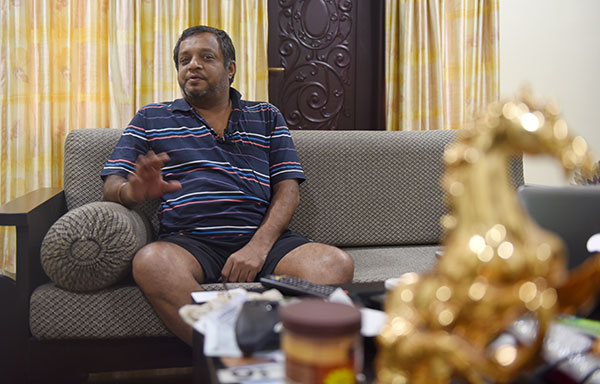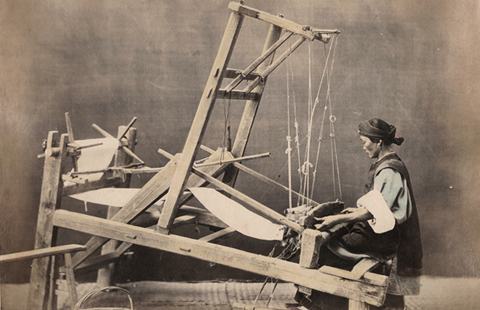Facebook sleuths bring home India's stolen artifacts
 |
|
Amateur art detective Aravind Venkataraman talks about the India Pride Project.Arun Sankar / Agence Francepresse |
By day, Arvind Venkatraman works as a software engineer in India's tech hub Chennai. But in his spare time, he is an international art detective whose efforts have helped bring back some of his country's most valuable antiquities.
Venkatraman is part of a group of art enthusiasts known as the India Pride Project, who are using Facebook and other social media to identify religious artifacts stolen from temples around the country and secure their return.
Art theft is big business in India. But the richest pickings are in Venkatraman's home state of Tamil Nadu, where centuries-old religious artifacts with huge potential sale values in the West lie largely unprotected in out-of-the-way rural temples.
Two years ago, the IPP claimed a significant victory when the National Gallery of Australia returned a $5 million bronze statue of the Hindu god Shiva that had been stolen from a Tamil Nadu temple.
At first Venkatraman says the gallery, which is now suing the Manhattan dealership that sold it the statue, was reluctant to entertain the idea that its purchase was stolen.
So the IPP organized a social media campaign using images comparing the stolen idol with the one on display at the museum.
"Initially typically there is a denial," he said in Chennai.
"Whether it's Australia, Europe, Singapore or the US, initially there will be resistance from the museum curators ... because they've spent a lot of money and they wouldn't want to let go of an object."
The idol is among those allegedly trafficked by Subhash Kapoor, a former Manhattan art dealer who was the subject of a massive US federal investigation known as Operation Hidden Idol.
Kapoor was arrested in Germany in 2012 and is now on trial in India, accused of conspiring in the theft, trafficking and sale of religious idols. He denies all charges.
Many of the antiquities he dealt in dated back to the 11th and 12th centuries, when the Chola dynasty presided over a flourishing of Hindu art in Tamil Nadu.
"This operation went on for many years," said Prateep V Philip, who heads Tamil Nadu's Idol Wing - India's only police team dedicated to tackling art theft.
"He (Kapoor) was himself not on the scene, but he was the mastermind."
Philip said Kapoor won over the international art world by donating millions of dollars' worth of pieces to museums in the United States.
He ran his own freight company in India, allegedly concealing priceless antiques among modern replicas.
"Whenever a theft took place in the past, sometimes people were not even aware," said Philip, describing the thousands of small shrines that dot the state as "easy prey".
"It would be a derelict temple only visited at certain times of the year. So when a theft took place it was discovered long after."
This means much of India's stolen sacred art is never even registered as missing, allowing it to be bought and sold on the international market.
Donna Yates, who lectures in antiquities trafficking at the University of Glasgow in Scotland, said she was "absolutely flabbergasted" when it emerged the Australian gallery's statue was stolen.
"If you'd asked me in 2011 (before Kapoor's arrest) whether this kind of thing was still possible, I'd have said no. I believed the due diligence of museums had vastly improved," she said.
But idols are still disappearing. This year, Philip's team arrested an art dealer in Chennai after recovering hundreds of metal and stone statues of Hindu gods from a warehouse.
The volunteers, who are all passionate about Indian art, go through old catalogs from auction houses, using any blemishes or imperfections to match lots with idols stolen from temples.
Founded by two Singapore-based art enthusiasts, it now includes activists from all over the world.
The work is unpaid, but Venkatraman says it is all worth it when an idol is returned to the temple it belongs in.
"When finally the idol is restituted, the temple comes alive," he said. "It's a kind of cycle ... Once that cycle is complete it's like saying, ok, the puzzle is finally solved."
























